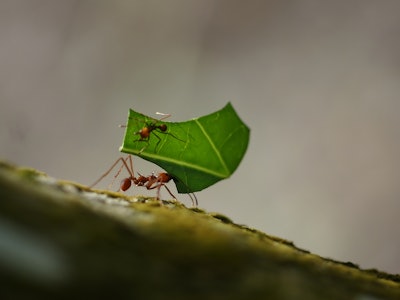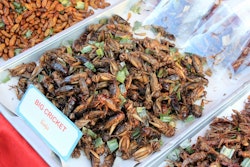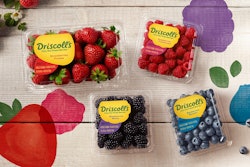
Oberlin Project recently had launched a food hub, bringing together what small farmers produce into quantities needed by big buyers such as schools, restaurants and supermarkets. The Oberlin Food Hub was so successful that it was outstripping the ability of participating farmers to meet it. Cullen Naumoff found herself driving all around the region to pick up and deliver lone bushels of produce — encumbering the expenses of big food companies without benefiting from the economies of scale they enjoy.
Naumoff met with an entomologist at a food conference and expressed her frustration of trying to incorporate a higher lvel of complexity into her food hub enterprise. The entomologist, Casey Hoy, responded that she should take insects into consideration about efficient transportation.
Different ant species use different networks of nests and paths to optimize food transportation. In the process, they create a library of strategies that humans can tap into to solve their own food transportation challenges. Using the ant colony optimization, people could apply ant behavior to solve engineering and operations problems.
Mexican ants use a hub-and-spoke model like big food distributors, with a central nest and ants that make trips to and from the center as they search for food. Argentinian ants are constantly on the move, splitting and joining in new groups and nesting as they go.
Hoy’s insights provided Naumoff with new ideas for meeting her food transportation challenge. She began moving her food transportation strategy from the Mexican ant model toward the Argentinian ant model.
Adopting the ant-inspired distribution strategy helped Naumoff move closer to her goal of paying small farmers a reliable living wage and meeting the food needs of wholesale customers while competing with the large food distributers.
To read the full original article, please click here.

















